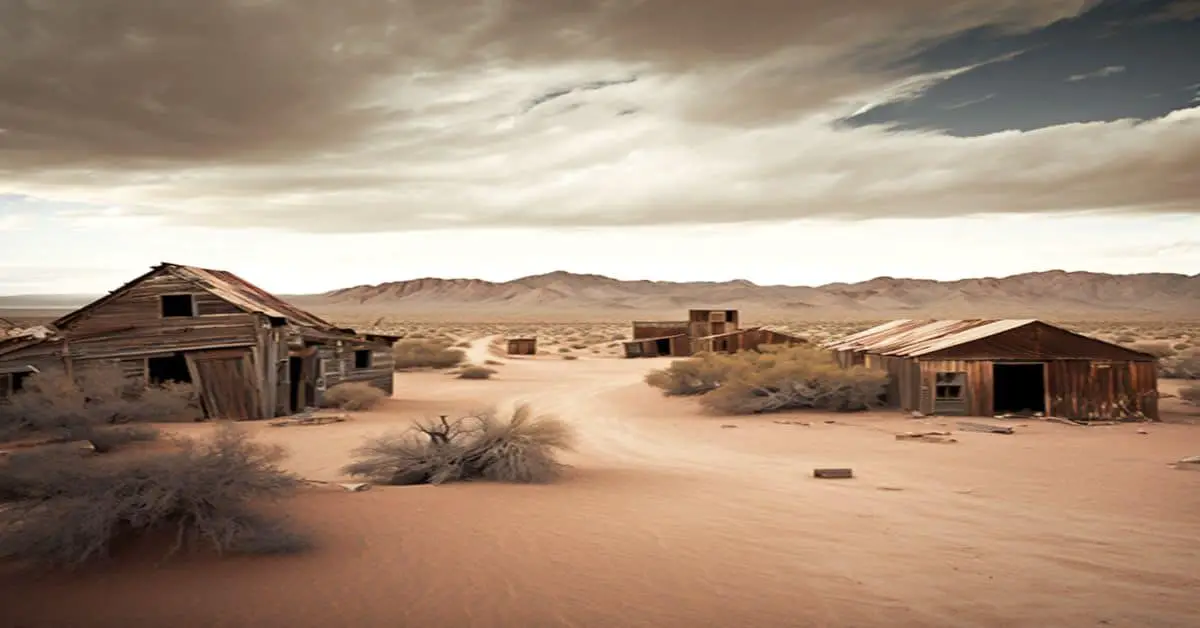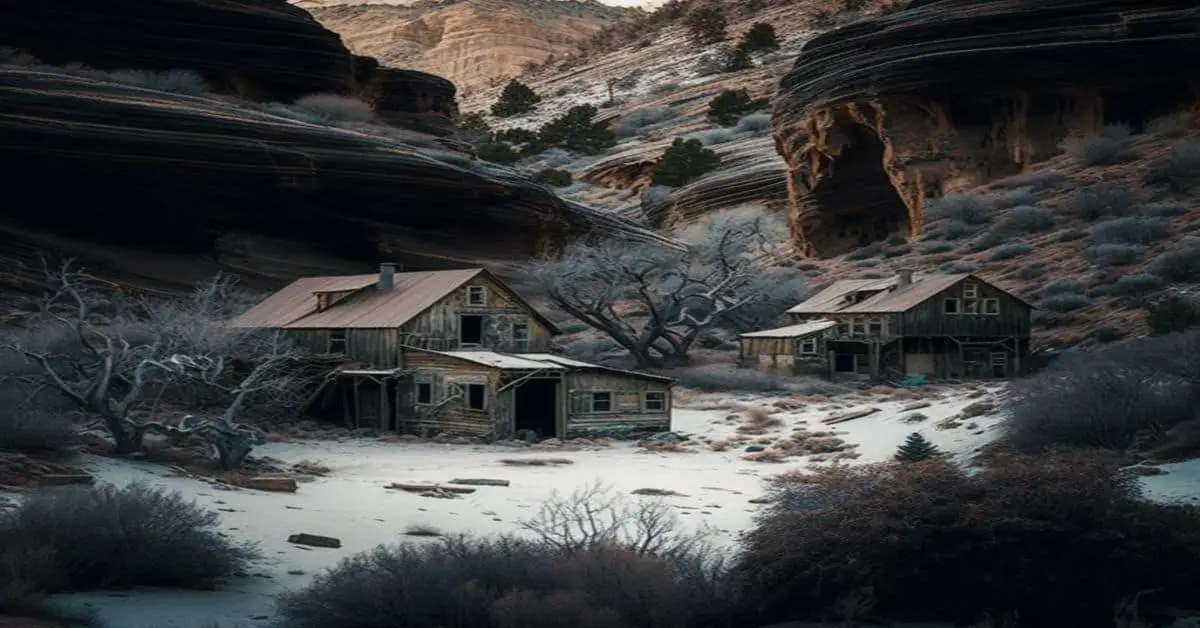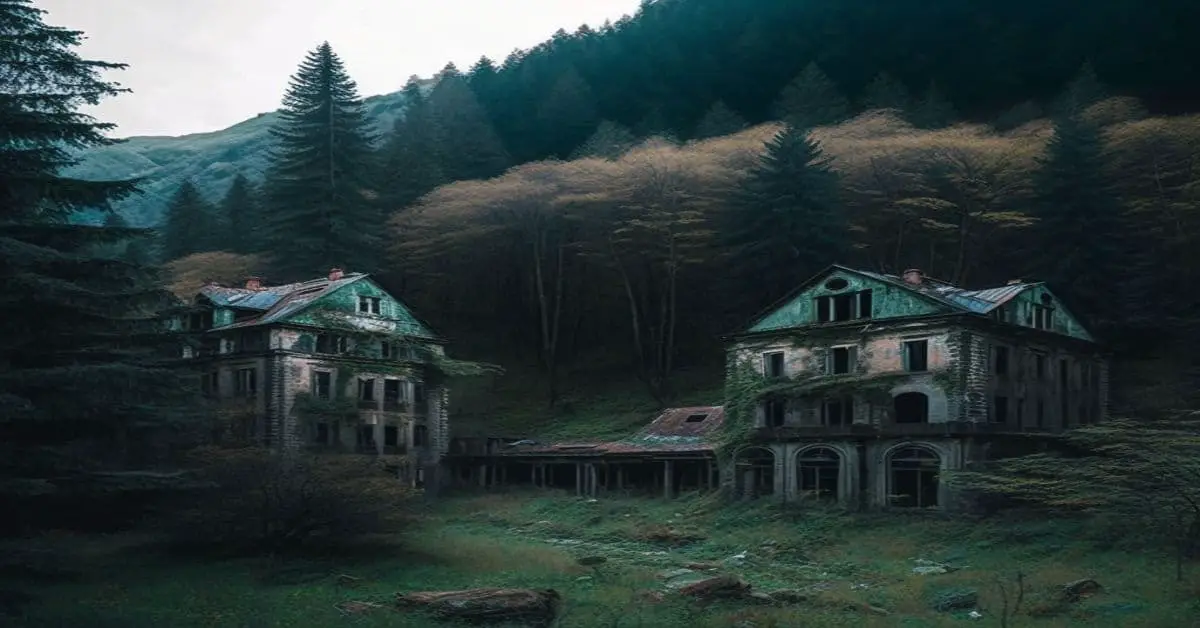Drawbridge, California, Alameda County is a fascinating ghost town located in the heart of the San Francisco Bay Area. Once a bustling community, this town is now a reflection of the ever-changing landscape and history of California. Below is detailed information about the town.
County: Alameda County
Zip Code: Not available
Latitude / Longitude: 37.5025° N, 121.9729° W
Elevation: Approximately 3 feet above sea level
Time Zone: Pacific Time Zone (PT)
Established: 1876
Disestablished: 1979
Comments: Drawbridge was established primarily as a stop for the South Pacific Coast Railroad. It quickly grew into a lively town known for its hunting and fishing lodges. Over time, as the marshland surrounding the town began to subside and the water quality deteriorated, the town’s population dwindled. By the 1970s, the once vibrant community had become a ghost town.
Drawbridge (formerly Saline City) is a ghost town with an abandoned railroad station located at the southern end of the San Francisco Bay on Station Island, now a part of the city of Fremont, California Ghost Townlifornia, United States. It is located on the Union Pacific Railroad 6 miles (10 km) south of downtown Fremont, at an elevation of 7 ft (2 m). Formerly used as a hunting village, it has been a ghost town since 1979 and is slowly sinking into the marshlands.
Remains: Today, Drawbridge is inaccessible to the public as it is located on private property owned by the U.S. Fish and Wildlife Service. The remnants of the town’s structures are visible but are in a state of decay, succumbing to the elements and the encroaching marsh.
Drawbridge was created by the narrow-gauge South Pacific Coast Railroad on Station Island in 1876 and consisted of one small cabin for the operator of the railroad’s two drawbridges crossing Mud Creek Slough and Coyote Creek Slough to connect Newark with Alviso and San Jose. At one time 10 passenger trains stopped there per day, five going north and five going south.
The drawbridges were removed long ago. The only path leading into Drawbridge is the Union Pacific Railroad track.
Current Status: Drawbridge is an abandoned ghost town with no residents. It is part of the Don Edwards San Francisco Bay National Wildlife Refuge and is protected as a historical site. After the turn bridge drawbridges were removed and most of the residents had left, the San Jose Mercury News for years incorrectly reported that the town was a ghost town and that the residents left valuables behind.
As a result, the people still living there had their homes vandalized. The town’s last resident is said to have left in 1979, and Drawbridge is considered to be the San Francisco Bay Area’s only ghost town. Drawbridge is now part of the Don Edwards San Francisco Bay National Wildlife Refuge and is no longer open to the public due to restoration efforts, though it can still briefly be viewed from Altamont Corridor Express, California Ghost Townpitol Corridor, and Coast Starlight trains.
Remarks: Despite being off-limits to the public, Drawbridge remains a point of intrigue for historians and ghost town enthusiasts. Its story is a poignant reminder of the impact of environmental changes and urban development on small communities.
While it is not possible to visit the town, its legacy continues to capture the imagination of those interested in the rich tapestry of California’s past. In the 1880s, on weekends nearly 1,000 visitors flocked to the town. By the 1920s, although the town had no roads, it did have 90 buildings, and was divided into two neighborhoods: the predominantly Roman Catholic South Drawbridge, and the predominantly Protestant North Drawbridge.


